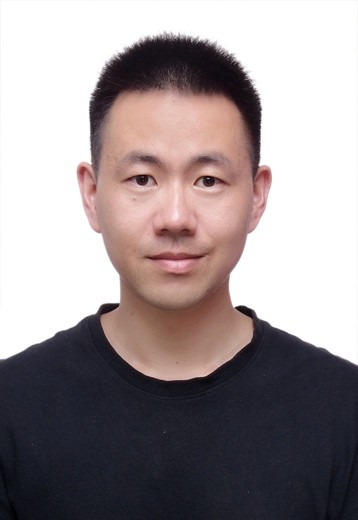

题目:Current and Future Applications of Brain-Computer Interfaces/Robust SensoriMotor Rhythm Detection for Brain Computer Interface using Quadratic Neural Network
时间:2019年11月20日 13:30-15:30
地点:机械与动力工程学院 F310会议室
报告人:Dr. Christoph Guger (CEO of g.tec medical engineering GmbH)、Dr. Gan Huang(深圳大学医学部生物医学工程学院)
邀请人:孟建军 副教授(机器人研究所)
报告题目:Current and Future Applications of Brain-Computer Interfa ces
ces
报告人:Dr. Christoph Guger
Biography
Christoph Guger is the founder and CEO of g.tec medical engineering GmbH. He studied Biomedical Engineering at the Technical University of Graz, Austria and at the John Hopkins University in Baltimore, USA. During his studies, he concentrated on BCI systems and developed many of the early foundations for bio-signal acquisition and processing in realtime. G.tec produces and develops BCIs that help disabled people communicate or control their environments by their thoughts and regain motor functions after a stroke.
Abstract
Brain-computer interfaces are realized with non-invasive and invasive technology in order to extract information of the brain in real-time. In the talk the most important principles including P300, motor imagery and steady-state visual evoked potentials will be shown. Recently the addition of non-invasive and invasive body and brain stimulation triggered important closed-loop BCI developments. In the talk the usage of BCIs for rehabilitation, brain assessment, functional mapping, neuromodulation and avatar control will be shown.
报告题目:Robust SensoriMotor Rhythm Detection for Brain Computer Interface using  Quadratic Neural Network
Quadratic Neural Network
报告人:Dr. Gan Huang
Biography
黄淦,博士,毕业于上海交通大学机械与动力工程学院机器人研究所,导师朱向阳教授,比利时法语鲁汶大学 (Université catholique de Louvain) 神经科学研究所博士后。目前为深圳大学医学部生物医学工程学院助理教授。主要研究方向生物医学数据处理,脑机接口,神经假肢。目前以第一作者或合作者的形式在国内外高水平杂志Neuroimage,Neural Network,Neurocomputing杂志发表SCI论文25篇,会议论文14篇,获得专利2项,谷歌学术H指数为15。担任IEEE Transactions on Neural Networks, IEEE Journal of Biomedical and Health Informatics, Journal of Neural Engineering, NeuroImage,等多个期刊审稿人。
Abstract
Common Spatial Pattern (CSP) is shown to be an effective algorithm for SensoriMotor Rhythm (SMR) detection in Brain Computer Interface (BCI). But it is proved that CSP algorithm is sensitive to the outlier and nonstationary. In this work, Quadratic Neural Network (QNN) is proposed for the spatial filter optimization. Sharing similar formulas, the idea for spatial filter design would be quite different between CSP and QNN. Compared with CSP, the simtanously optimization of spatial filter and classifiers in QNN make the result global optimum. Furthermore, the limitations of orthogonality in spatial filter design are removed in QNN, which makes QNN has the ability to map the EEG signal into a low-dimensional space. Both the results from simulation data and real EEG signals demonstarted that QNN is robust to outliers and non-stationary signals in SMR-based BCI.
